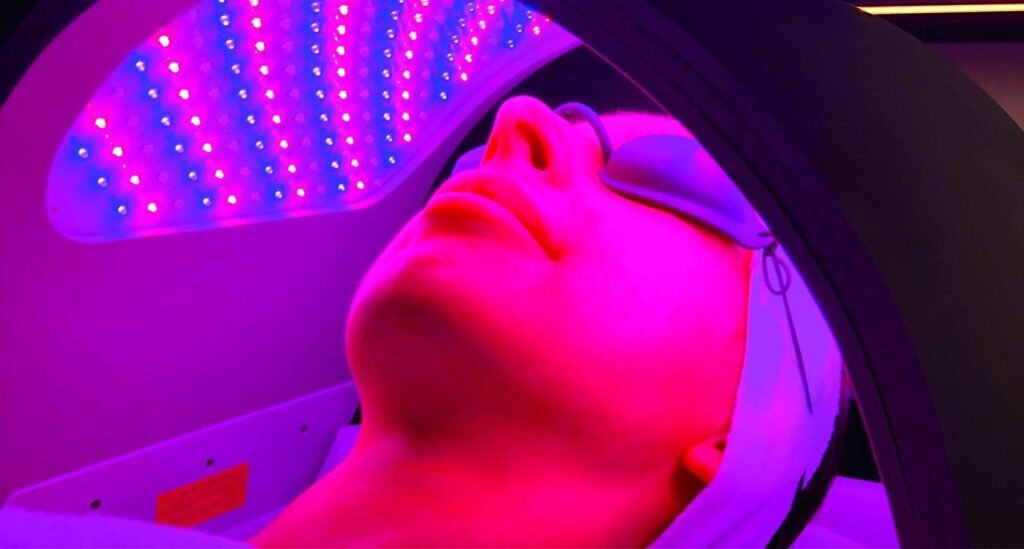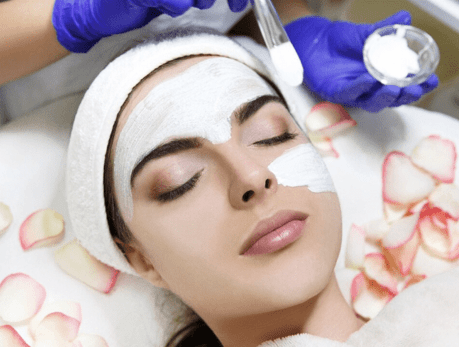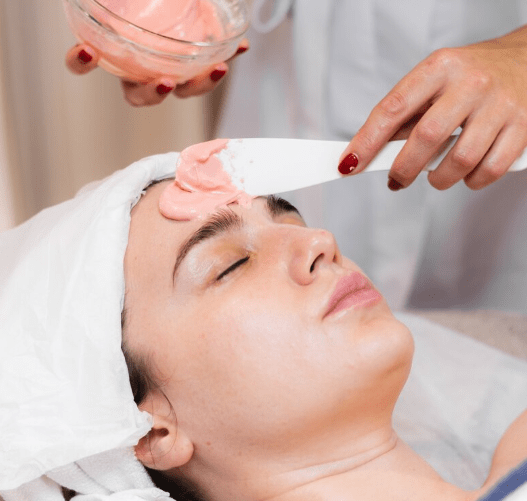LED light therapy has rapidly gained popularity worldwide, especially in Korea, where cutting-edge skincare meets expert medical advice. Whether you’re seeking treatment for acne, anti-aging, or overall skin rejuvenation, understanding the optimal frequency for LED light therapy sessions is key to achieving the best results safely.
In this post, we’ll dive into Korean dermatologists’ recommendations on how often to get LED light therapy, factors influencing treatment schedules, and tips to personalize your skincare routine.
What is LED Light Therapy Frequency?
Frequency refers to how often you undergo LED treatment sessions, usually measured in weekly or biweekly intervals. The goal is to stimulate skin healing and collagen production without causing irritation or overexposure.
Korean Dermatologists’ General Guidelines on LED Therapy Frequency
- Initial Treatment Phase: 1–2 Sessions per Week
- Most Korean skin experts recommend starting with 1 to 2 sessions per week for the first 4 to 6 weeks.
- This allows the skin to gradually adapt to the light therapy, maximize collagen stimulation, reduce inflammation, and accelerate healing.
- For active acne or severe skin concerns, doctors may lean toward twice-weekly treatments initially.
- Maintenance Phase: Every 2–4 Weeks
- After completing the initial intensive phase, a maintenance session every 2 to 4 weeks helps sustain results and skin health.
- This phase supports continued collagen remodeling, hydration, and skin tone improvement without overloading the skin.
Factors Influencing Treatment Frequency in Korea
Korean dermatologists emphasize customizing frequency based on:
- Skin type: Sensitive or dry skin may require fewer sessions spaced further apart to avoid irritation. Oily or acne-prone skin might benefit from more frequent early treatments.
- Skin concern:
- Acne: Frequent sessions (1–2 times weekly) until breakouts improve.
- Anti-aging & wrinkles: Initially 1–2 sessions weekly, then monthly maintenance.
- Pigmentation and redness: Frequency adjusted based on skin reaction and improvement.
- Age: Younger skin typically responds faster, so sessions might be spaced out sooner. Mature skin benefits from consistent, moderate frequency.
- Lifestyle and environment: Sun exposure, pollution, and stress levels can affect skin recovery and may influence treatment scheduling.
- Concurrent treatments: If combined with other skincare procedures like chemical peels or microneedling, Korean dermatologists adjust LED frequency accordingly.
What Happens if You Get LED Therapy Too Often?
- Overdoing LED therapy can cause skin irritation, redness, or dryness.
- Although LED light is non-invasive, excessive exposure may disrupt the skin’s natural barrier or cause inflammation.
- Korean dermatologists stress the importance of following prescribed schedules and consulting regularly to monitor skin response.
How Long Does Each LED Therapy Session Last in Korea?
- Typical sessions last 20 to 30 minutes, depending on the device and treatment area.
- Korean clinics often incorporate LED therapy into multi-step facial treatments, optimizing time and skin benefits.
Signs You Should Adjust Your LED Therapy Frequency
- Increased redness or irritation: Reduce session frequency or intensity.
- No visible improvement after several sessions: Consult your dermatologist to reassess your skin condition or consider complementary treatments.
- Skin feels dry or flaky: Incorporate more hydration and allow longer intervals between sessions.
Expert Tips from Korean Dermatologists to Maximize Your LED Therapy Results
- Consistency is key: Stick to the recommended schedule to build and maintain results.
- Follow a supportive skincare routine: Use gentle, hydrating products and always apply sunscreen.
- Avoid UV exposure: Protect skin between sessions to prevent damage and pigmentation.
- Listen to your skin: Communicate any concerns with your dermatologist for personalized adjustments.
- Combine with other Korean skincare treatments: Pair LED therapy with treatments like Jet Peel, microneedling, or professional facials for enhanced results.
💡 Summary: Korean Doctor Recommendations at a Glance
| Treatment Phase | Frequency | Duration |
|---|---|---|
| Initial Intensive | 1–2 times per week | 4–6 weeks |
| Maintenance | Every 2–4 weeks | Ongoing |
Ready to Start Your LED Light Therapy Journey in Korea?
Whether you’re a first-time patient or continuing your skincare regimen, consulting a Korean dermatologist will ensure your treatment frequency is tailored to your skin’s needs. If you want recommendations on trusted Korean clinics specializing in LED therapy or help planning your skincare trip, feel free to ask!




